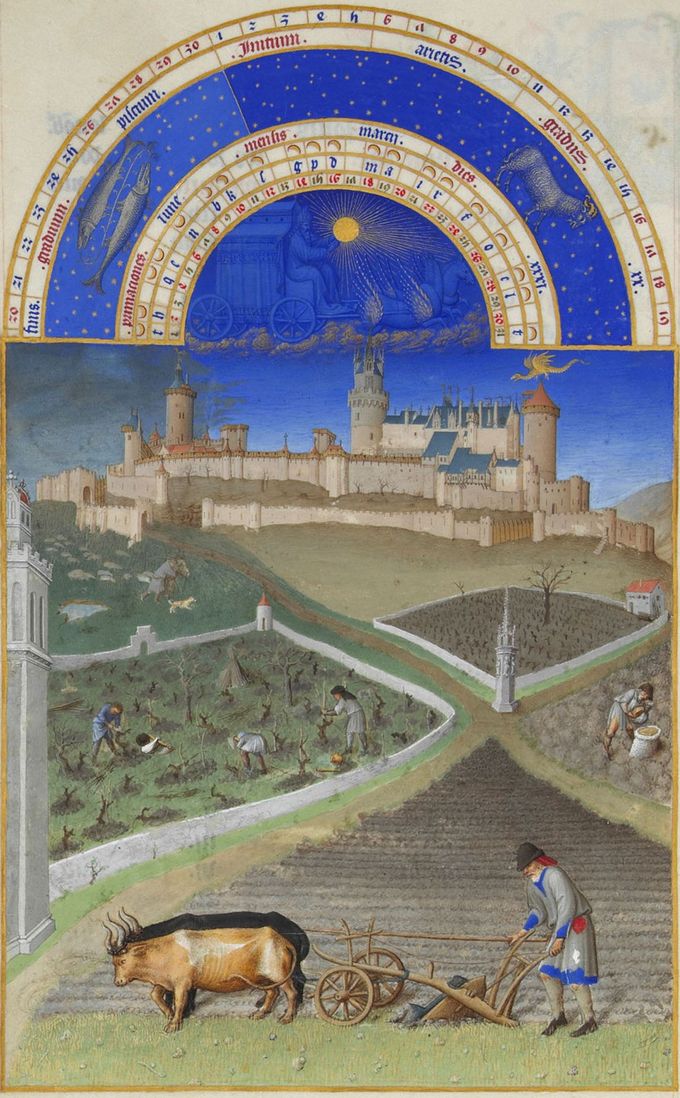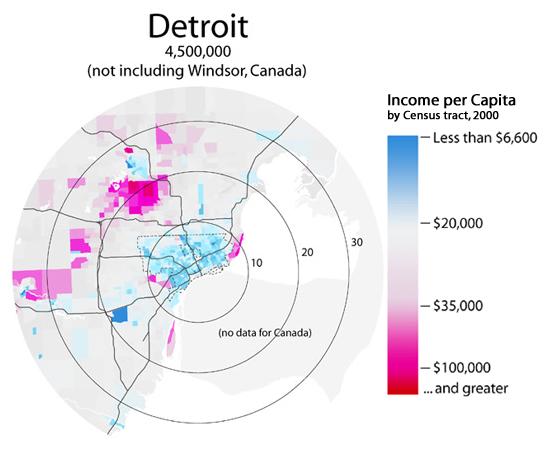16.2: The Transformation of Economic Systems
- Page ID
- 57118
\( \newcommand{\vecs}[1]{\overset { \scriptstyle \rightharpoonup} {\mathbf{#1}} } \) \( \newcommand{\vecd}[1]{\overset{-\!-\!\rightharpoonup}{\vphantom{a}\smash {#1}}} \)\(\newcommand{\id}{\mathrm{id}}\) \( \newcommand{\Span}{\mathrm{span}}\) \( \newcommand{\kernel}{\mathrm{null}\,}\) \( \newcommand{\range}{\mathrm{range}\,}\) \( \newcommand{\RealPart}{\mathrm{Re}}\) \( \newcommand{\ImaginaryPart}{\mathrm{Im}}\) \( \newcommand{\Argument}{\mathrm{Arg}}\) \( \newcommand{\norm}[1]{\| #1 \|}\) \( \newcommand{\inner}[2]{\langle #1, #2 \rangle}\) \( \newcommand{\Span}{\mathrm{span}}\) \(\newcommand{\id}{\mathrm{id}}\) \( \newcommand{\Span}{\mathrm{span}}\) \( \newcommand{\kernel}{\mathrm{null}\,}\) \( \newcommand{\range}{\mathrm{range}\,}\) \( \newcommand{\RealPart}{\mathrm{Re}}\) \( \newcommand{\ImaginaryPart}{\mathrm{Im}}\) \( \newcommand{\Argument}{\mathrm{Arg}}\) \( \newcommand{\norm}[1]{\| #1 \|}\) \( \newcommand{\inner}[2]{\langle #1, #2 \rangle}\) \( \newcommand{\Span}{\mathrm{span}}\)\(\newcommand{\AA}{\unicode[.8,0]{x212B}}\)
Preindustrial Societies: The Birth of Inequality
Key Points
Key Terms

Industrial Societies: The Birth of the Machine
Key Points
Key Terms

Postindustrial Societies: The Birth of the Information Age
Key Points
Key Terms

Capitalism in a Global Economy
Key Points
Key Terms

Global Trade: Inequalities and Conflict
Key Points
Key Terms

Microfinancing
Key Points
Key Terms
Microfinance
Microcredit
The History of Microfinance
Criticisms of Microfinance

The Changing Face of the Workplace
Key Points
Key Terms

Deindustrialization
Key Points
Key Terms
Deindustrialization
American Deindustrialization
Regional Deindustrialization
The Impact of Technology


Corporations and Corporate Power
Key Points
Key Terms
Corporations
Multinational and Transnational Corporations
Corporations and Governments
Ominous Trends in the U.S.
Key Points
Key Terms
Industry in the Information Age
The Disappearance of Manufacturing Jobs
“Mind Workers”
Colonialism, Decolonization, and Neo-Colonialism
Key Points
Key Terms

Trade Blocs and Common Markets
Key Points
Key Terms

Contributors and Attributions
CC licensed content, Specific attribution




